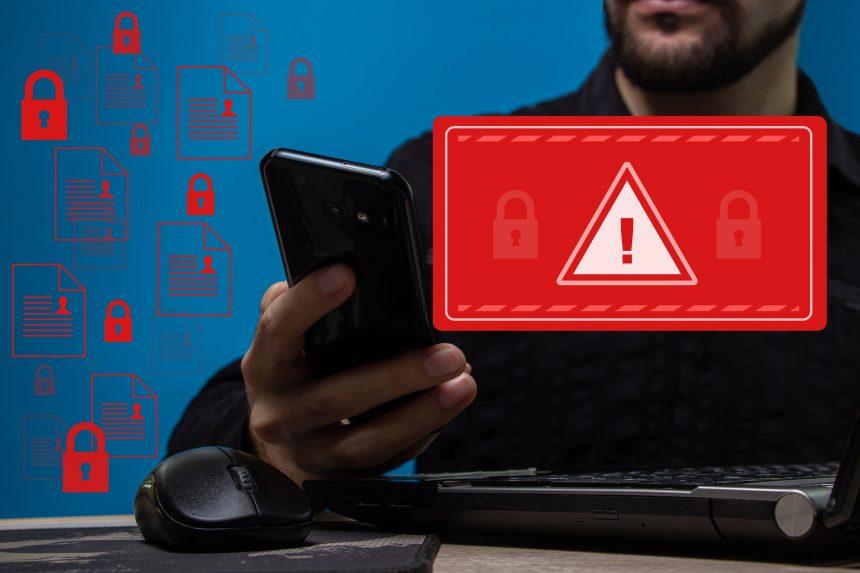In the age of digital convenience, the threat of cyber-attacks looms larger than ever. One particularly insidious form of attack involves malware designed to silently download files from your computer. This type of cyber threat is alarmingly invasive, compromising your data and potentially causing severe financial and reputational damage. In this article, we will explore the actions and consequences of this malware, provide a detailed removal guide, and offer best practices to safeguard your system against future infections.
The Nature of the Threat
Malware that downloads files from your computer operates stealthily, often without any visible signs of compromise. Once it gains access to your system, it may:
- Extract Sensitive Information: The malware might gather personal data, financial records, or business documents.
- Install Additional Malicious Software: It can serve as a gateway for other malware, increasing the threat level.
- Monitor Your Activities: Some variants can track your online activities and keystrokes, leading to privacy breaches.
- Cause System Instability: Infected systems may experience slow performance, crashes, or unexpected behavior.
The consequences of such an infection can be dire, ranging from identity theft and financial loss to severe disruptions in personal and professional life.
Common Detection Names and Similar Threats
Various security tools and antivirus programs may detect this type of malware under different names, such as:
- Downloader.A
- Trojan.Downloader
- Spyware.Agent
- Infostealer
Similar threats include:
- Keyloggers: Malware that records keystrokes to capture sensitive information.
- Ransomware: Malware that encrypts files and demands payment for their release.
- Remote Access Trojans (RATs): These provide unauthorized access to your system and can be used for a range of malicious activities.
Comprehensive Removal Guide
Removing malware that downloads files from your computer requires a systematic approach. Follow these steps to ensure thorough removal:
1. Disconnect from the Internet
- To prevent further data theft or malware communication, disconnect your computer from the internet immediately.
2. Boot into Safe Mode
- Restart your computer and press F8 (or Shift+F8 on newer systems) before Windows starts to load.
- Select “Safe Mode with Networking” to ensure that malware doesn’t load with the operating system.
3. Run a Full System Scan
- Download and install a reputable anti-malware tool. SpyHunter is highly recommended for its comprehensive scanning and removal capabilities.
- Perform a full system scan to detect and remove all traces of the malware.
4. Manually Check for Malware Components
- Open Task Manager (Ctrl+Shift+Esc) and look for unfamiliar processes.
- Use Process Explorer to identify suspicious files or processes.
- Check the startup programs and registry entries for unauthorized additions.
5. Remove Suspicious Files and Registry Entries
- Navigate to the file locations identified by your anti-malware tool and delete them.
- Use Registry Editor (regedit) to remove malicious entries. Be cautious, as incorrect changes can harm your system.
6. Update Your Software
- Ensure that your operating system, browser, and all software are up-to-date to patch any vulnerabilities.
7. Change Passwords
- Change passwords for all online accounts, particularly if you suspect that login credentials may have been compromised.
8. Restore Files from Backup
- If you have backups of your important files, restore them to ensure that no corrupted files remain.
9. Reinstall the Operating System (if necessary)
- For persistent infections, a clean reinstall of your operating system may be necessary to ensure that all malware is removed.
Best Practices for Preventing Future Infections
- Use Strong, Unique Passwords
- Implement strong, unique passwords for each of your accounts. Consider using a password manager for added security.
- Install and Maintain Anti-Malware Software
- Regularly update and run anti-malware scans. SpyHunter provides robust protection against various types of malware.
- Be Cautious with Email Attachments and Links
- Avoid opening attachments or clicking on links from unknown or suspicious sources.
- Keep Your System Updated
- Regularly update your operating system and software to close security vulnerabilities.
- Backup Your Data
- Maintain regular backups of important files to mitigate the impact of potential infections.
- Educate Yourself and Others
- Stay informed about the latest cyber threats and educate those around you to enhance overall security awareness.
Conclusion
Malware that downloads files from your computer poses a significant threat, but with prompt action and the right tools, you can effectively combat it. For comprehensive protection and peace of mind, download SpyHunter today and perform a free scan to detect and remove any threats on your system. Don’t wait for an infection to disrupt your life—take proactive steps to secure your digital world.





